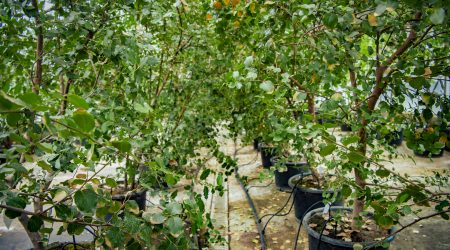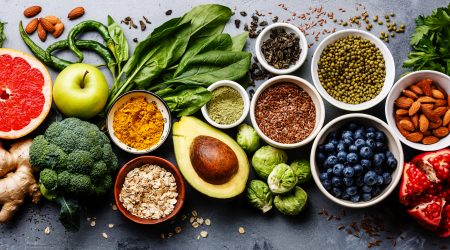Novel method for increasing antibiotic yields

A novel way of increasing the amounts of antibiotics produced by bacteria has been discovered that could markedly improve the yields of these important compounds in commercial production.
It could also be valuable in helping to discover new compounds.
With the ever-growing threat from antibiotic resistance, these tools will be very useful in ensuring that we have enough of these useful compounds in the future.
The majority of antibiotics we know of today are produced naturally by a group of soil bacteria called Streptomyces.
For commercial production of these antibiotics for clinical use, it is necessary to increase the yield. This has typically been achieved by randomly inducing mutations and screening for strains that show increased production, a process that takes many years.
When technology had progressed sufficiently to analyse how this had been achieved scientists found that, in some cases, the increase in yield was due to repeated copies of the genes needed for antibiotic production.
In almost all cases, the genes needed to produce these antibiotics are clustered together in the bacterial genome.
In work carried out initially at the John Innes Centre, which is strategically funded by the Biotechnology and Biological Sciences Research Council, Professor Mervyn Bibb and collaborator Dr Koji Yanai from a Japanse laboratory discovered 36 repeating copies of one gene cluster in a strain of Streptomyces that had been repeatedly selected to over-produce the antibiotic kanamycin.
“This suggested to us that controlled and stable amplification of antibiotic gene clusters might be possible, and that if it was, it would be a valuable tool for engineering high yielding commercial strains of bacteria,” said Professor Bibb.
The researchers then went on to identify the components within Streptomyces responsible for creating the 36 repeating clusters that led to kanamycin overproduction. These consist of two DNA sequences that flank the gene cluster, and a protein, known as ZouA, that recognises the two sequences and replicates them.
In research to be published in the journal Proceeding of the National Academy of Sciences, Professor Bibb and colleagues Dr Takeshi Murakami, Dr Ján Burian and Professor Charles Thompson, working at the University of British Columbia, together with the same Japanese pharmaceutical laboratory, describe a system for the targeted amplification of gene clusters.
The researchers were able to engineer these components into genetic ‘cassettes’ and then insert these into another strain of Streptomyces.
They successfully used the system to make Streptomyces coelicolor overproduce actinorhodin, a blue-pigmented antibiotic. They believe the system will work equally as well for many other Streptomyces strains and antibiotics, and have also shown that it functions in an unrelated bacterium, Escherichia coli.
The system may also uncover new, undiscovered antibiotics.
A number of Streptomyces species have had their entire genomes sequenced, and many more are expected.
Researchers have been able to identify other gene clusters within these sequences with unknown products. It is likely that many of these ‘cryptic’ gene clusters produce potentially new antibiotics, but at an undetectable level, or only under specific environmental conditions.
Using the gene cluster amplification system identified here, it will be possible to amplify these cryptic gene clusters, identify their products, and potentially discover new antibiotics for the battle against resistant superbugs.



